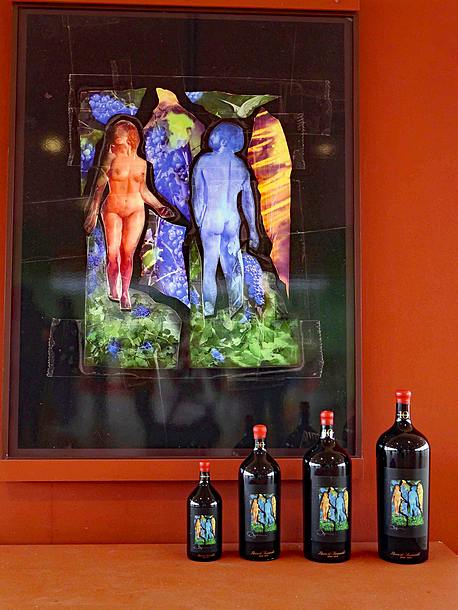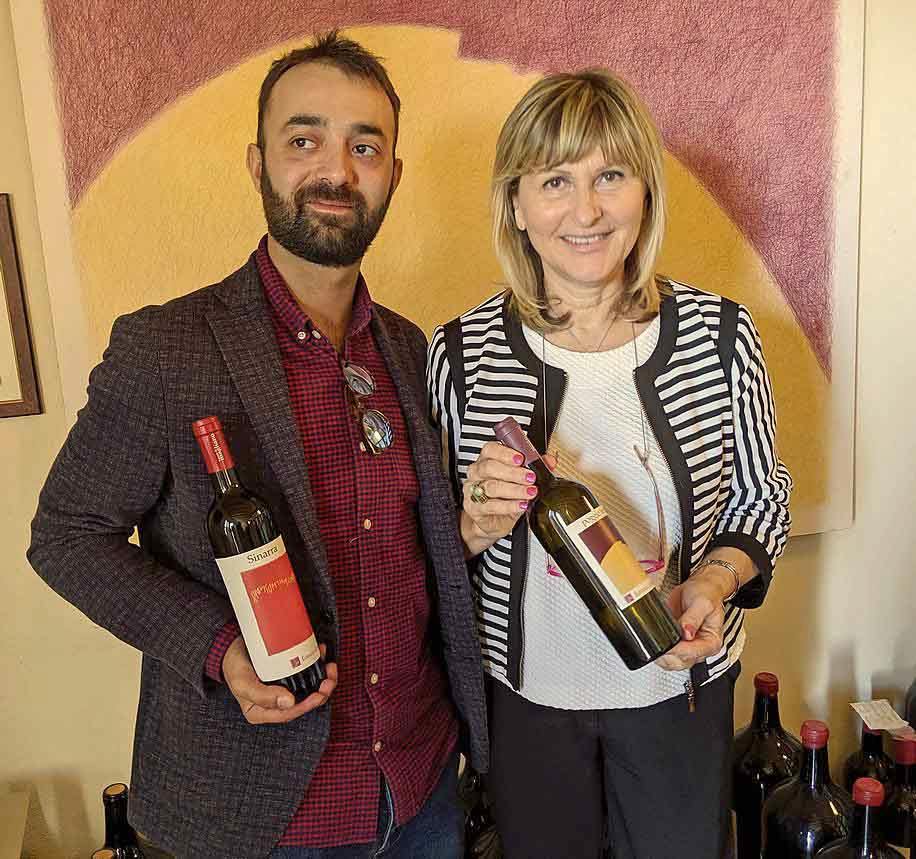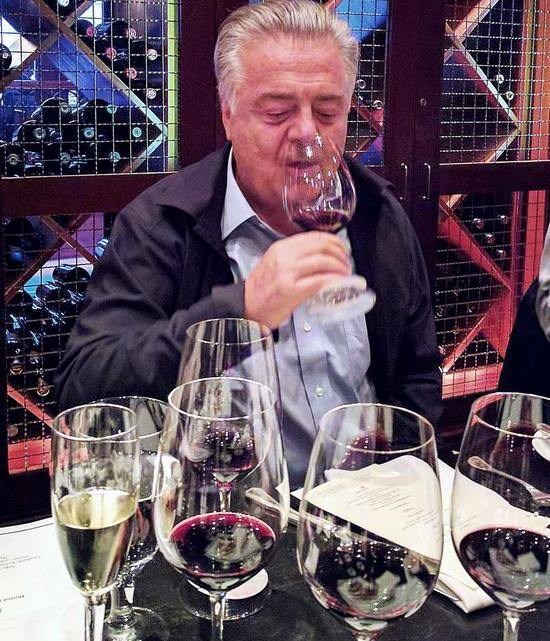
World on a Plate: Caino’s coffee-dusted cacio e pepe
Sometimes culinary genius reveals itself in a brilliant gesture rather than in profound technical flourishes. This tangle of pasta demonstrates the genius of restraint. It also embodies the taste and imagination of Valeria Piccini. Piccini simply calls the dish spaghettone cacio, pepe, e caffè. She frequently offers it as a pasta course at her family restaurant. Il Ristorante Caino (Via Canonica, 3, Montemerano; +39 0564 692 817; dacaino.it) is hidden away in a tiny medieval mountain village in Tuscany's Maremma. But Piccini's cooking draws admirers from all over Italy to the 13th century hamlet where sheep and goats may outnumber the 400 human inhabitants. Da Caino earned its first Michelin star in 1991, and has held two since 1999. The dining public and Michelin's inspectors...Read More






